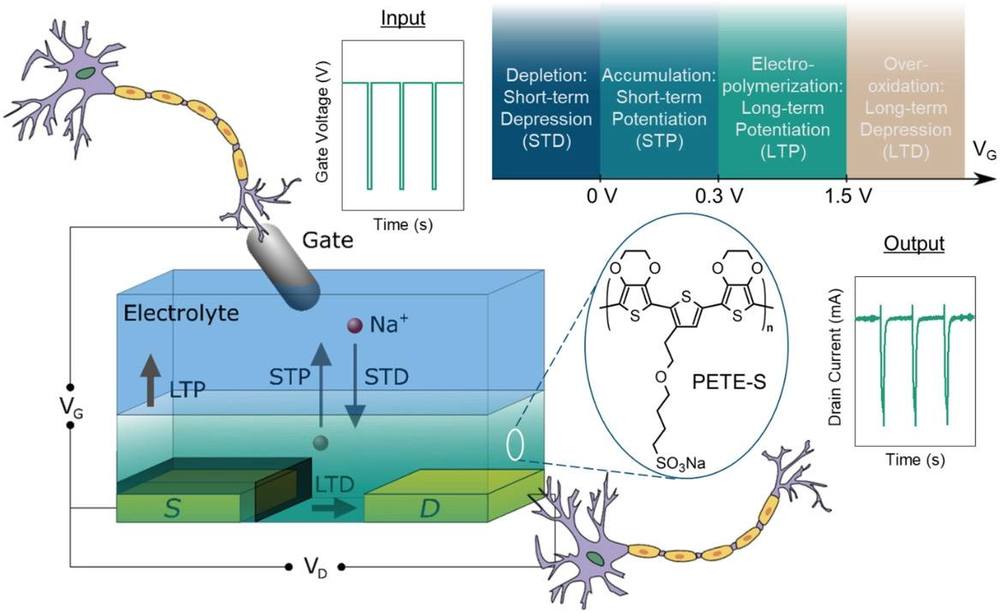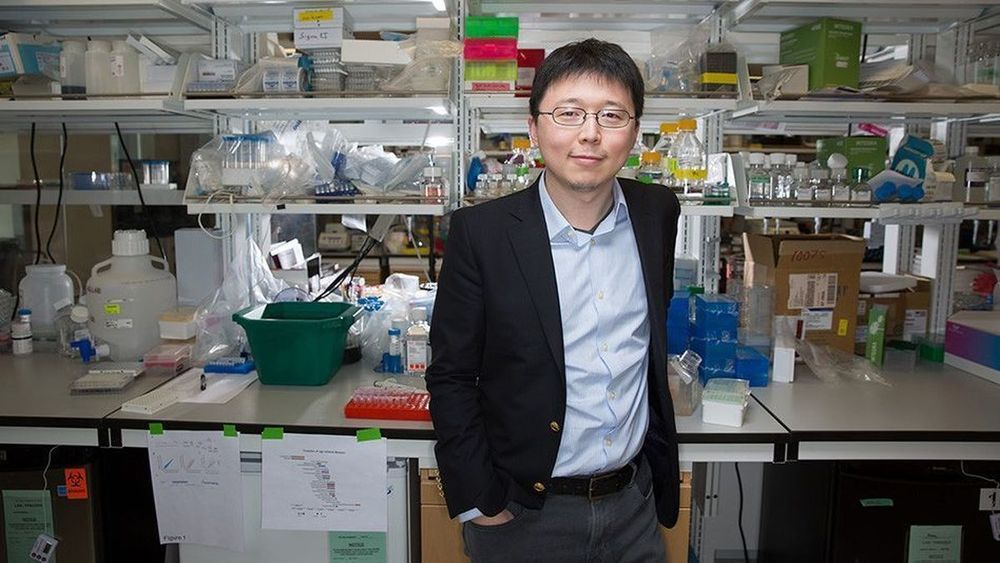Feb 5, 2019
A single transistor process that can create connections
Posted by Caycee Dee Neely in categories: computing, neuroscience
A single transistor process that can create connections, and encode short and long term memories. The transistor is based on organic versus inorganic technology. The project relies on a form of transistor that uses ion injection from an electrolyte solution, which changes the storage and connectivity of the transistor.
The end result, a simple learning circuit to replicate neuronal action.
News Article: https://www.sciencedaily.com/releases/2019/02/190205102537.htm


















